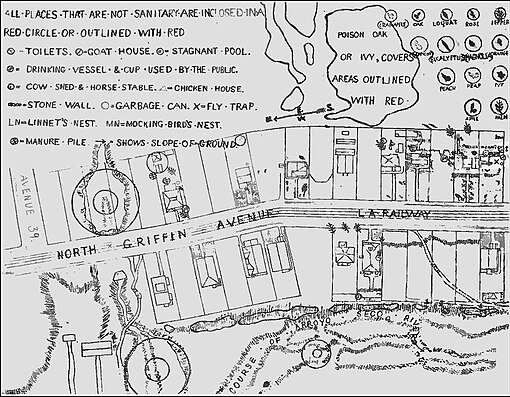
beginning the familiar domestic animals are taken; in order that nature-play, started in the school-room, may be continued after school, about the home. A new interest is aroused in the cat, dog, chickens, horse and cow, in the fly and ant, as, led by the teacher's suggestions, the child investigates and is thrilled with new discoveries. Then the pupil is prepared to learn of the less accessible creatures of woodland and sea-side.
When the school program prevents excursions into the field, to parks and museums, the part of nature being investigated must be brought into the school-room. Animals, like the cat, rabbit, chicken, lizard, toad, insects and many others, may be kept in live-boxes, one of which should be provided for each school-room. The best of these live-boxes, or cages, are those planned and constructed by the children themselves. In such efforts, a cooperation with the manual-training department is desirable. By the insertion of a screened door and windows, any dry-goods box may be transformed into the temporary home for the visiting animal. Elaborate and expensive apparatus is not necessary. A glass preserving jar makes a good aquarium for fish or tadpoles. Just as in any other play, children may be relied upon to invent and build the simple things needed.
Never tell children that which they may find out for themselves. Let them count the fingers on the hand of the cat, and then the toes. Have the children watch the activities of the ant nest and then tell the
